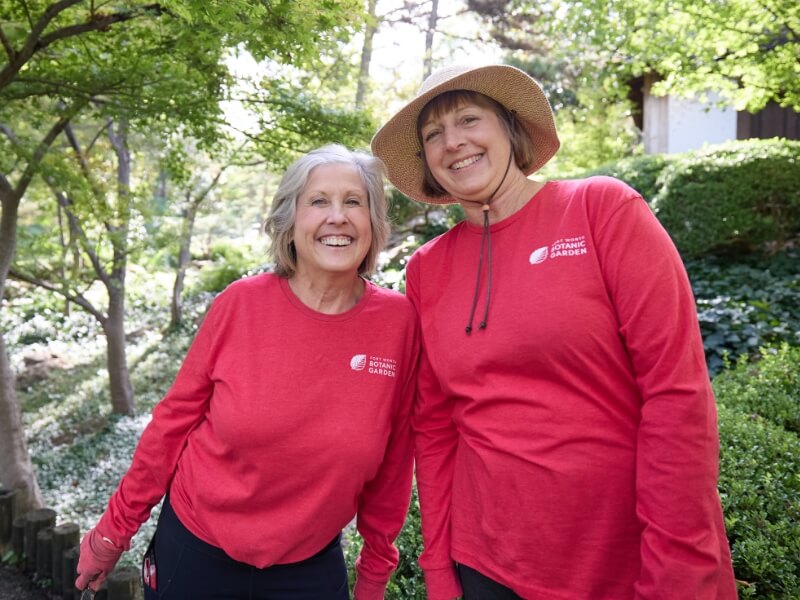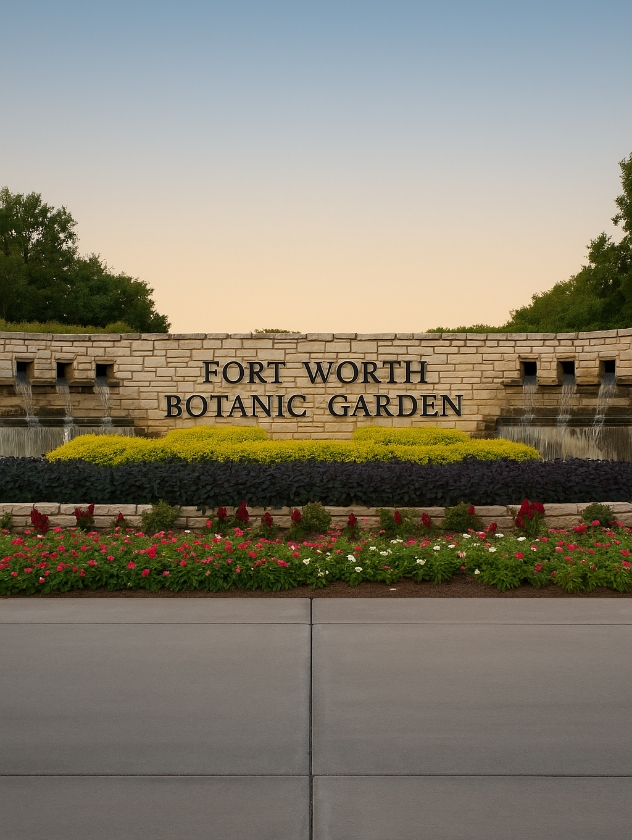Herbarium Digitization
The BRIT herbarium is in the process of imaging key specimens at high resolution, and converting textual and graphical elements on a sheet into a digital format that can more easily lend itself to data analysis and synthesis. Locality data that do not include geographic coordinates are ideally assigned to a digital collection record, with some indication of accuracy.
Specimen Imaging
The plant specimen affixed to a herbarium sheet seen today will never contain more information, from this point onwards it will only degrade (even with the most careful attention to preservation). It is our goal to image all the specimens in the BRIT herbarium and make these images accessible to the larger botanical community. There are many elements to consider such as capture device, resolution, storage, and the medium through which to serve that image. Currently, the BRIT Herbarium employs 2 different capture devices:
- Digital scanner inverted on a frame (Epson Expression 1640 XL and 10000XL)
- Digital Single Lens Reflex Camera (21.1 MP Canon EOS 5D Mark II)
Specimen Databasing
Specimens contain much more information than simply the dried plant itself affixed to the sheet; there is a host of information regarding the plant collecting event (usually the primary label), the research for which that specimens have been used (annotation labels), and a history of ownership (accession stamps). All these data provide a more complete understanding of the specimen, and there is a complexity to ensuring that all these data elements are recorded in a digital format that maintains the relationships of these elements to one another and to the plant (including spatial relationship).
WeDigBio Digitization Blitz
The Philecology Herbarium holds over 1.4 million scientific specimens in public trust, including vascular plants, mosses, lichens, fungi, slime molds, and algae, from around the world. Like many other natural history collections, BRIT is in the process of making the specimen images and data available in a digital form. But to do that, we need your help in transcribing information from the specimens. BRIT has joined with other natural history collections around the world to participate in an annual Worldwide Engagement for Digitizing Biocollections (WeDigBio) event in a concerted effort to increase the amount of natural history data available to research and the public.
-
1.4 Million
Specimens in Public Trust
-
~400,000
Known Plant Species Worldwide
-
4 Days
Annual WeDigBio Events
-
2015
First WeDigBio Event
Upcoming Event
April 10–13, 2025
If you’re interested in participating, please email herbarium@brit.org. Check out our Armchair Botanist page for instructions for Crowdsourcing in the TORCH Portal.
Previous Events
WeDigBio 2024 (Oct.)
WeDigBio 2021 (Apr. & Oct.)
WeDigBio 2020 (Oct.)
WeDigBio Lite 2020 (Apr.)
Virtual transcription blitzes were attended via Zoom by a total of 38 participants, on April 17th from 10 a.m. to 6 p.m., and on April 18th from 10 a.m. to 1 p.m. Participants helped transcribe labels from Texas specimens residing in the BRIT and VDB collections, contributing to the TORCH TCN digitization project.
WeDigBio 2018 (Oct.)
Participants helped to transcribe specimen labels from ferns and lycophyte specimens in the NLU collection at BRIT, as well as Texas material from the BRIT and VDB collections. We had an on-site transcription blitz on Saturday, October 19th from 9:30am to 12:30pm for the general public, and a transcription blitz for workshop attendees of the Annual Texas Master Naturalist Meeting in Rockwall, Texas, on Sunday, October 10th from 10am-12pm.
WeDigBio 2017
Online and in-person transcription events.
WeDigBio 2016
Online and in-person transcription events.
WeDigBio 2015 (Oct.)
During this inaugural worldwide event, BRIT held two on-site transcription blitzes that were attended by more than 30 people, including BRIT volunteers, high school students in the BRIT Green Revolution Program, and members of the public.
More from the Herbarium
Carousel items
-
Plant Collection and Preservation
-
Herbarium Curation Projects
-
Acquisitions, Loans, and Exchanges
-
Plant Identification
-
Armchair Botanist
-
Policies for Use of the Herbarium
-
Growth of the BRIT Herbarium Collections



